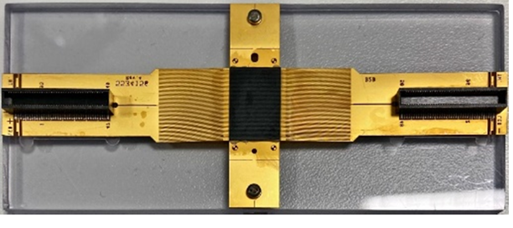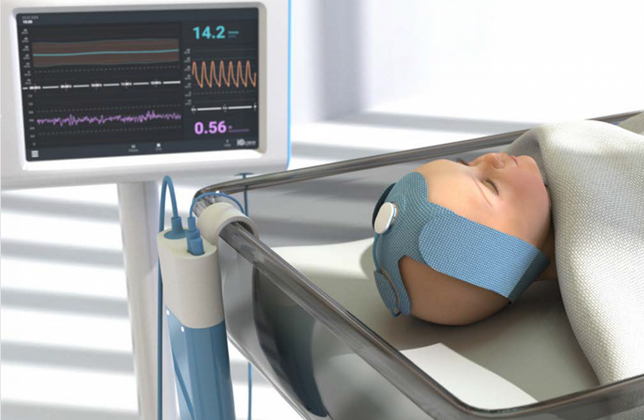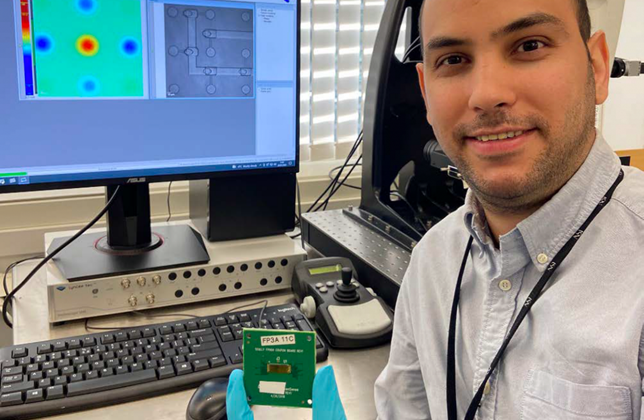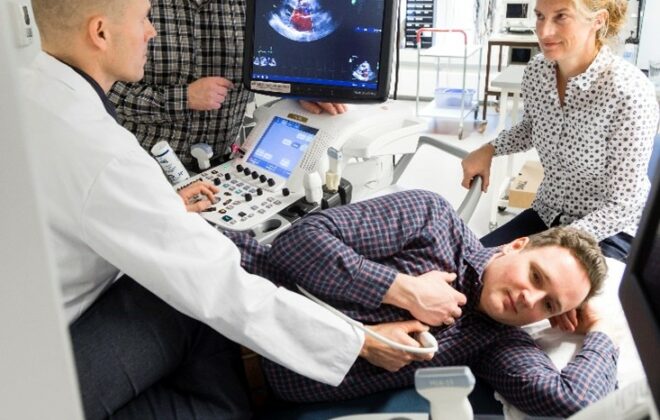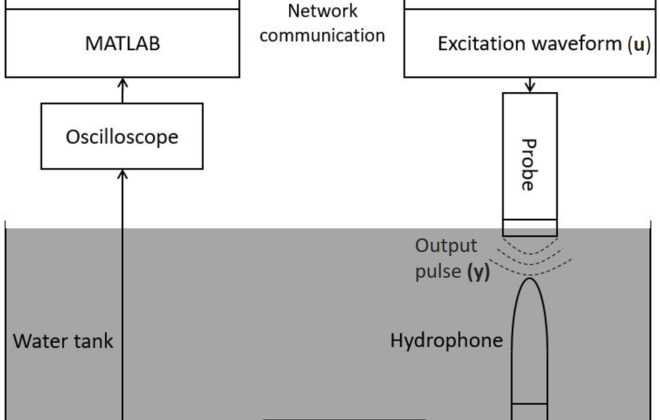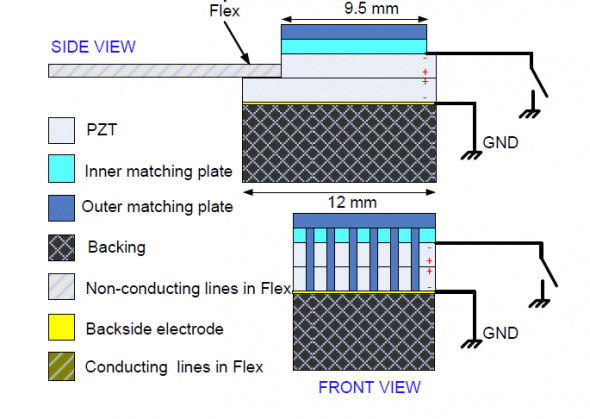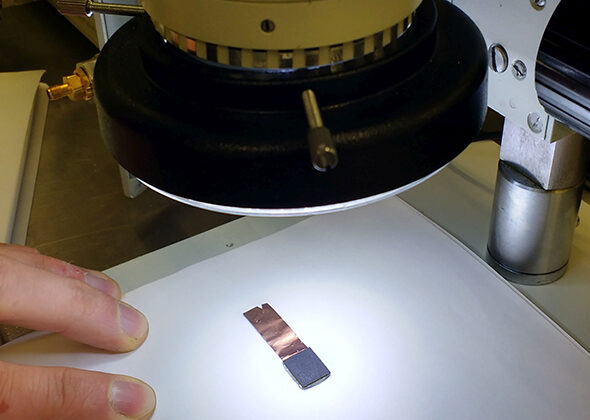Higher resolution with new ultrasound probe design
Commercial ultrasound probe designs have their pros and cons, but what if we combine the pros of two designs to create a new type of transducer? One that can acquire more information and producer higher resolution images for improved cardiovascular diagnosis?
Aiming at lifelong partnerships in North America
Two CIUS-associated projects have received INTPART funding for collaborations with institutions in North America: NeoDoppler and blood speckle tracking (NTNU) with SickKids Hospital in Toronto, Canada, and two exchange agreements (USN) with Stanford University, CA, and the University of Washington, WA, USA.
Ultrasound on a chip
“When you put something on a chip, you are democratising it because it is going to be cheaper and more accessible,” says Amirfereydoon Mansoori. His PhD work aims to contribute to that.
In-probe receivers for medical ultrasound systems
There are two important steps when solving any problem: first, knowing there is one and, subsequently, finding out how to solve that problem. An example could be, in our case, having an electronic image of the heart and, through the analysis of doctors (cardiologists) or via artificial intelligence (AI), finding both the problem and solution.
Meet the researcher: Ellen Katrine Sagaas Røed
Ultrasound technology can be used to so much more than just medical images. At the Center for Innovation in Ultrasound (CIUS), we’re working together to find out how ultrasound can solve problems. One of our researchers is Ellen Katrine Sagaas Røed, PhD candidate at the University…
Optimization of transmit ultrasound pulses in second harmonic imaging
Today, second harmonic imaging is a preferred ultrasound imaging modality, mainly due to its ability to improve image quality by suppressing undesired acoustic reverberations. This imaging modality improves the diagnostics for different medical applications, and most of the cardiac ultrasound scanners in the hospitals use this method. We have established an experimental measurement system to measure, manipulate, and optimize excitation waveforms, and one of the goals is to reduce the undesired transmitted signal.
One probe, two frequencies – numerical optimization of dual-frequency transducers
At the heart of any ultrasound system, lies the transducer. The transducer is used for applications ranging from creating images of foetuses and disintegrating kidney stones (lithotripsy), to detecting cracks in gas pipes. Without it, the world at large would be a different place. See…
Improvements in ultrasound transducer design and manufacturing
All ultrasound technologies in health care, maritime, and oil & gas make use ultrasonic transducers. For this reason, transducer design is a key research task of the Centre for Innovative Ultrasound Solutions (CIUS). Ultrasonic transducers are devices that convert electrical signals into mechanical vibrations and…

